Sometimes, success is all about being in the right place in the right time.
Take for example, the characters most people consider DC Comics’s “Big Five,” thanks mostly to decades of TV animation reinforcement. You got your Superman. Biggest gun in the arsenal, of course he makes the cut. Batman and Robin. Probably the most well-known superheroes in the world, no argument there. Wonder Woman — the most powerful and significant female character in comics bar none. And then there’s Aquaman.
Aquaman.
To quote Chris Rock, “he talks to the fishes.” How the hell did Aquaman make the cut?
Let’s take a look at Aquaman’s humble beginnings and serendipitous survival, as well as his less-than-significant profile in recent years, and finally, his surprising current status as highest-grossing box-office DC superhero ever, shall we? Starting things off, as we are wont to do around these parts, in the 1940s: the Golden Age of Comics.
There’s little doubt that National Comics’ introduction of Aquaman was a response to the success of Bill Everett’s Sub-Mariner character, which along with Carl Burgos’ Human Torch was doing great business for Timely Comics. However, unlike Everett’s inspired and distinctive creation Prince Namor, Aquaman was a little…blah by comparison.
Created by writer (and eventual SUPERMAN editor) Mort Weisinger and artist Paul Norris, Aquaman made his debut as a backup feature in the pages of MORE FUN COMICS #73 (November 1941), which briefly established his origin and powers and then got right to business, that business being the fighting of maritime crime. It’s important to note that while the Aquaman character himself was most probably inspired (a more polite way of saying “ripped off”) from the Sub-Mariner, initially, there was at least an effort made not to ape Namor too closely. For example, Aquaman as originally conceived wasn’t even from Atlantis.
As described in his debut appearance, Aquaman’s father, a famous but unnamed undersea explorer, discovered an ancient undersea city, creating a watertight home there and studying the mysterious society’s science and culture. Mastering those secrets, the explorer used them to train himself and later his young son, giving him the ability to breathe underwater, great physical strength to allow him to survive at great ocean depths, and the ability to communicate with all forms of sea life. (By the way, visually, the only way to tell Golden Age Aquaman apart from later incarnations was the color of his gloves, yellow instead of green, and a larger, more traditional-looking “A” on his belt.)
Never a big sales success, Aquaman spent most of the War years in the back pages of MORE FUN fighting Nazi U-boats and other Axis threats on the water, and after the war was won, settled into a dull but reliable pattern squaring off against pirates, sea monsters and the occasional mad scientist. Certainly nothing special as far as comics of the day went. As tastes changed after the war and superheroes began to fall out of fashion, Aquaman was one of the few superheroes to remain in steady publication, thanks to the decision to move his feature (along with Green Arrow, the only other Golden Age survivor besides Superman, Batman and Wonder Woman) from MORE FUN to the pages of ADVENTURE COMICS, where he and GA served as backup stories behind the magazine’s lead Superboy feature, beginning with ADVENTURE COMICS #103 (April 1946).
However, it wouldn’t be until thirteen years later when things would finally get a little more interesting. ADVENTURE COMICS #260 (May 1959) shook up and re-addressed Aquaman’s origins with an all-new take on the subject, with “How Aquaman Got His Powers!” written by Robert Bernstein and drawn by longtime AQUAMAN artist Ramona Fradon.
Here Aquaman stops a U.S. atomic submarine from testing out its new atomic depth charges in a certain area of the ocean. While one would think that just stopping a harebrained idea like “atomic depth charges” would be a good enough notion on its own, Aquaman confers with the submarine’s skipper and take him into his confidence, explaining why he wants the tests moved elsewhere. Aquaman tells of his father, Tom Curry, a solitary lighthouse keeper who one day discovered and rescued a beautiful girl adrift on a raft.
Telling him only that her name was Atlanna, the two fell in love and married, and a child, whom they named Arthur.
As the child grew, Tom Curry noticed his proclivity for swimming, and later, that the child could breathe underwater Curious, one might think, no? Later, Tom realized that sharks were swimming in the cove with little Arthur, and not harming him, another mystery. (And as a side note, Tom Curry is apparently the worst parent ever. Between the kid sitting underwater for hours at a time or playing with sharks, shouldn’t someone be keeping an eye on him?)
It’s only on her deathbed that Atlanna confesses the truth, that she was from Atlantis, an undersea continent peopled by water-breathing mermen. Atlanna was obsessed with the surface world, and when she was caught sneaking up to explore, she was permanently banned from Atlantis, and met Tom Curry not long after.
After Atlanna’s death, Tom was determined to further develop Arthur’s Atlantean abilities, and helps train Arthur to use his telepathy to communicate with and command all sea life. At Tom Curry’s death, Arthur began his life as Aquaman, protecting the oceans as the (admittedly uncrowned) King of the Seven Seas.
 As for why he stopped the sub? Well, the atomic depth charges would have taken out Atlantis itself, which Aquaman had discovered but still never visited.
As for why he stopped the sub? Well, the atomic depth charges would have taken out Atlantis itself, which Aquaman had discovered but still never visited.
This rethinking of Aquaman’s origins opened up the character to all kinds of new possibilities, and gave the series a much-needed jolt of excitement. The next thing that was needed was to give Aquaman someone to talk to, besides his octopus pal Topo, that is. Which would come less than a year later, with the introduction of “The Kid From Atlantis!”
Which, it turns out, we’ll get to next time. See you then.

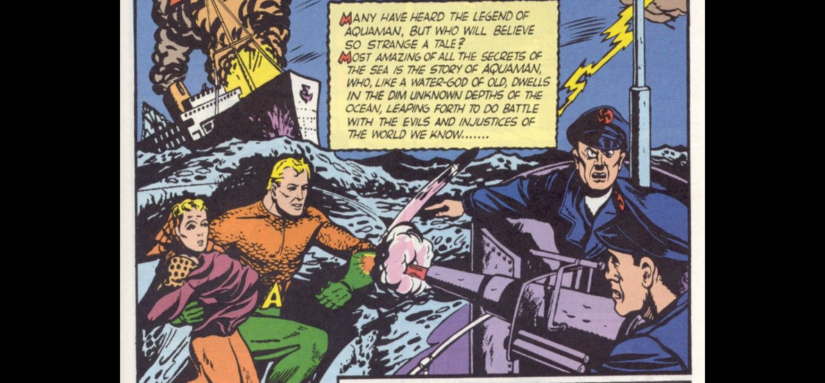
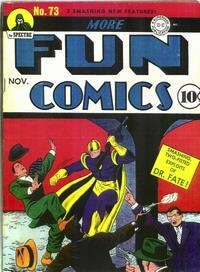
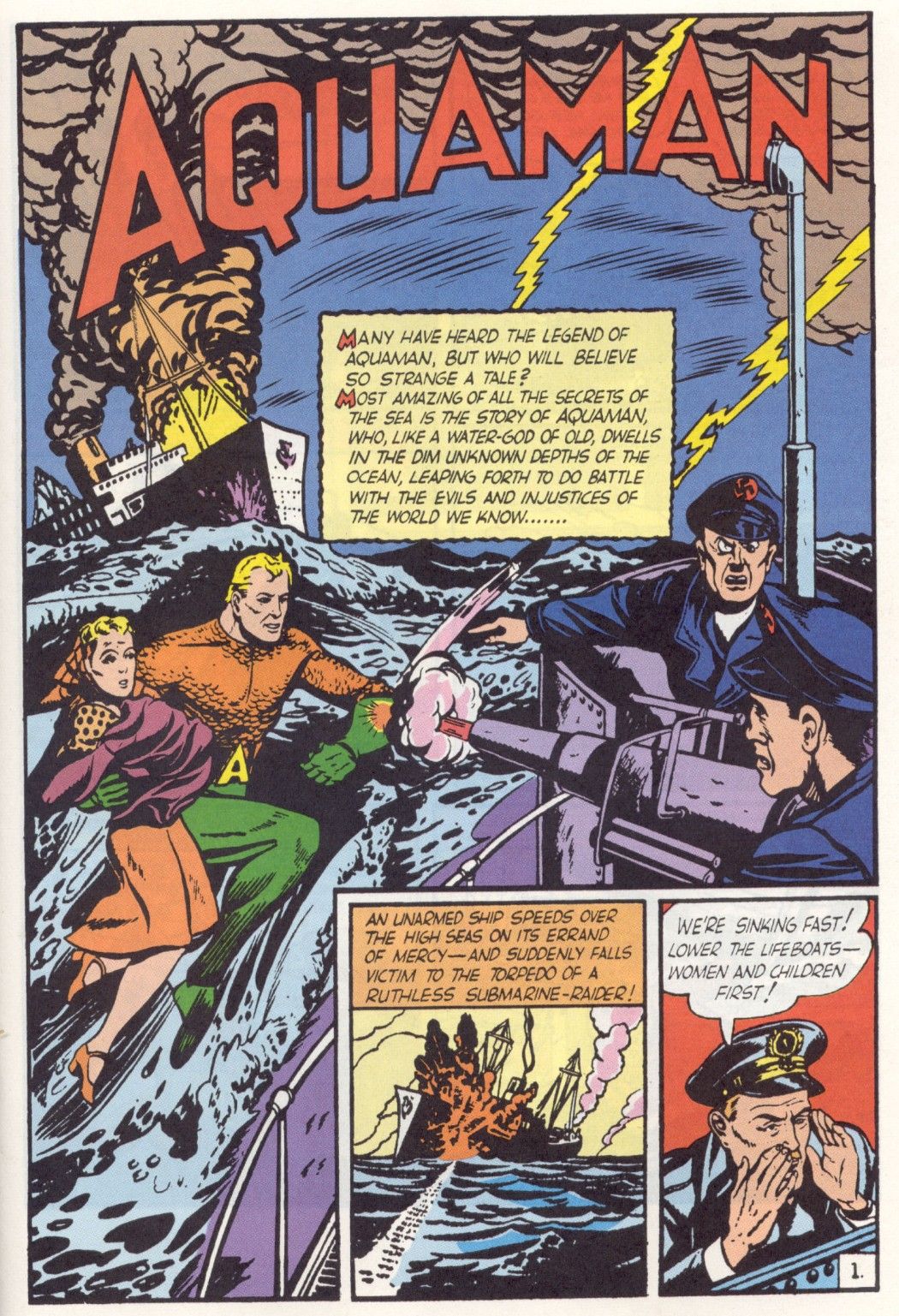
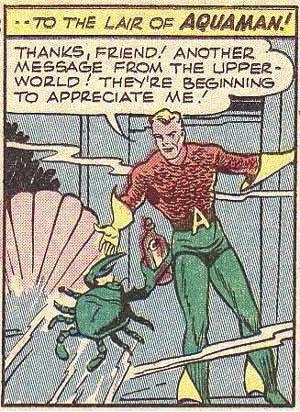


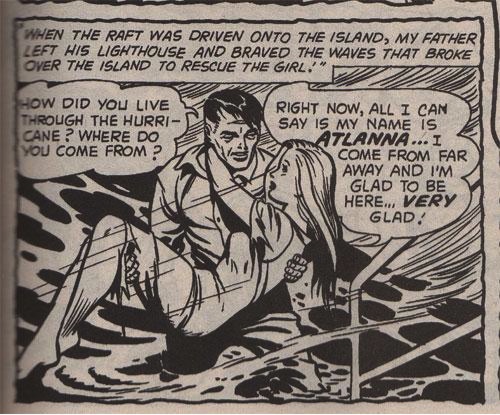
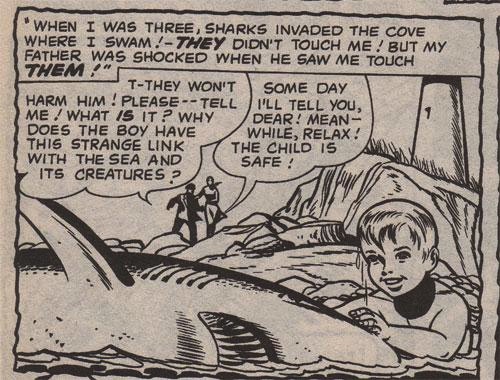

Comments are closed.